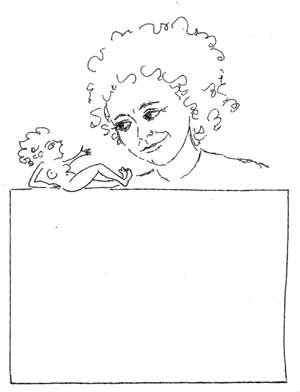“Goya’s Bodies: The Living, the Dead, and the Ghostly”
Since the Greeks, representations of the human body in Western art have been as various and contradictory as our notions of the body itself. The body is central to the history of art for the simple reason that every spectator of a painting or drawing is also a person, which means that pictures of human bodies inevitably produce a mirroring effect. We are always looking at ourselves. It is also true that every body that appears on canvas or paper is imaginary – a trace left by another body, the artist’s, and what we see in front of us is the ghostly product of that absent being. In the work Francisco José de Goya produced after his illness in 1792, he was repeatedly drawn to depictions of the body in crisis. Not only did he feel close to death during his own sickness, but after his recovery he lived through years of turmoil, widespread suffering, and war in Spain. The etchings in Disasters of War are perhaps the most horrifying pictures of combat and its brutality on record. Among them are images I find nearly unbearable to look at. One of Goya’s most famous paintings, The Third of May, also includes portraits of slain bodies. The canvas tells the story of the execution of Spanish citizens who had rebelled against Napoleon’s invading army in 1808. Painted six years after the event, it has been generally recognized as a turning point in the genre known as history painting, a startlingly modern work that exploded the conventions of the form. Published in The Yale Review 93 2005: 34-59.
